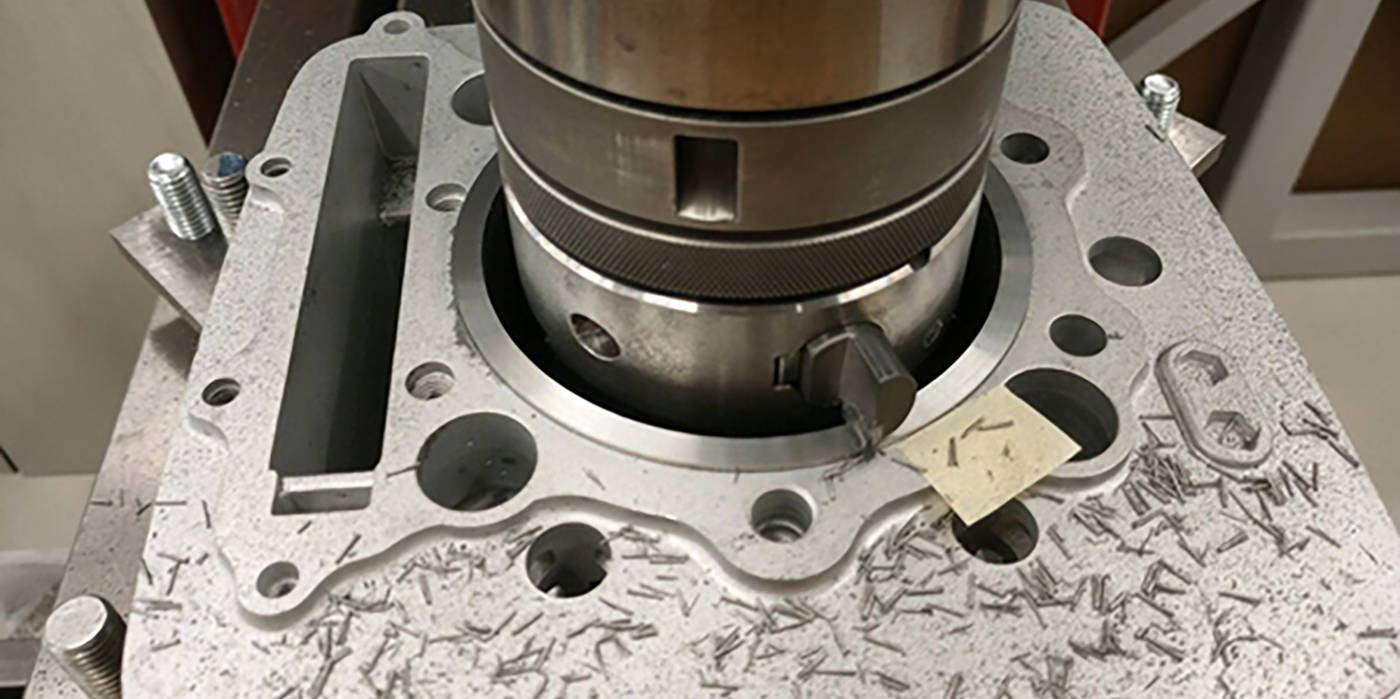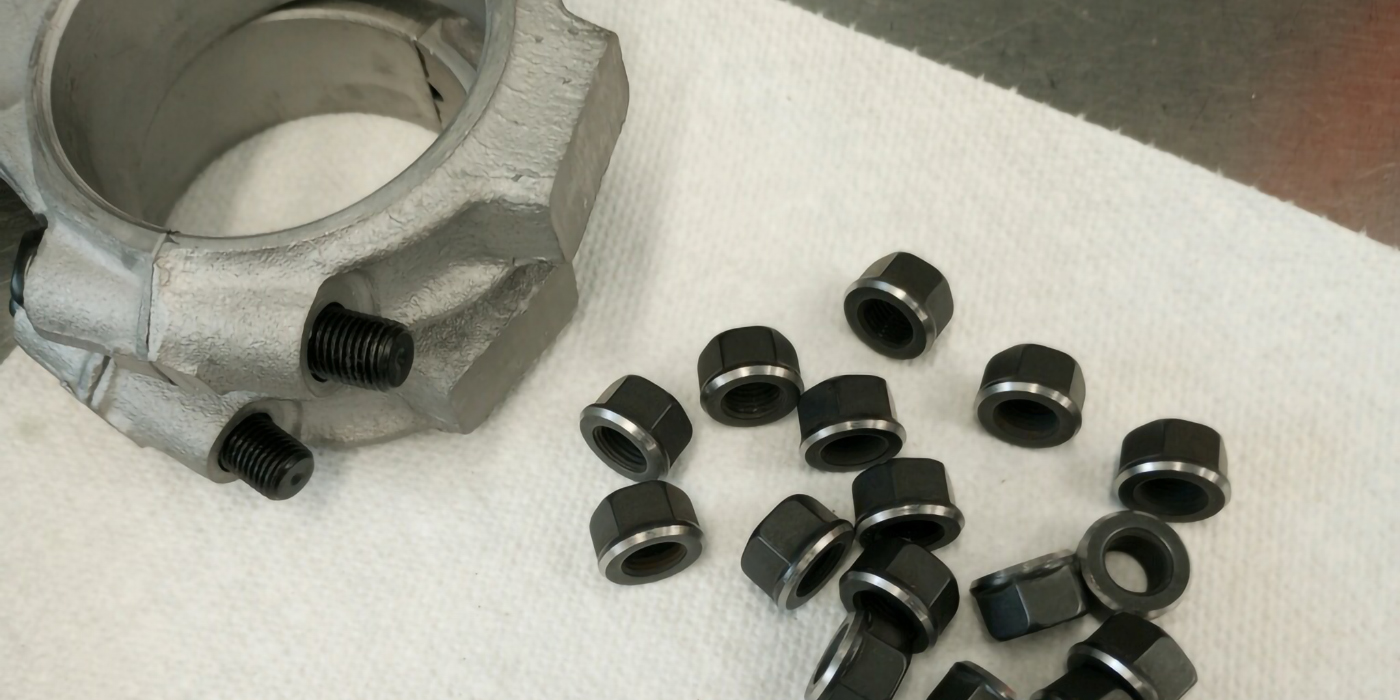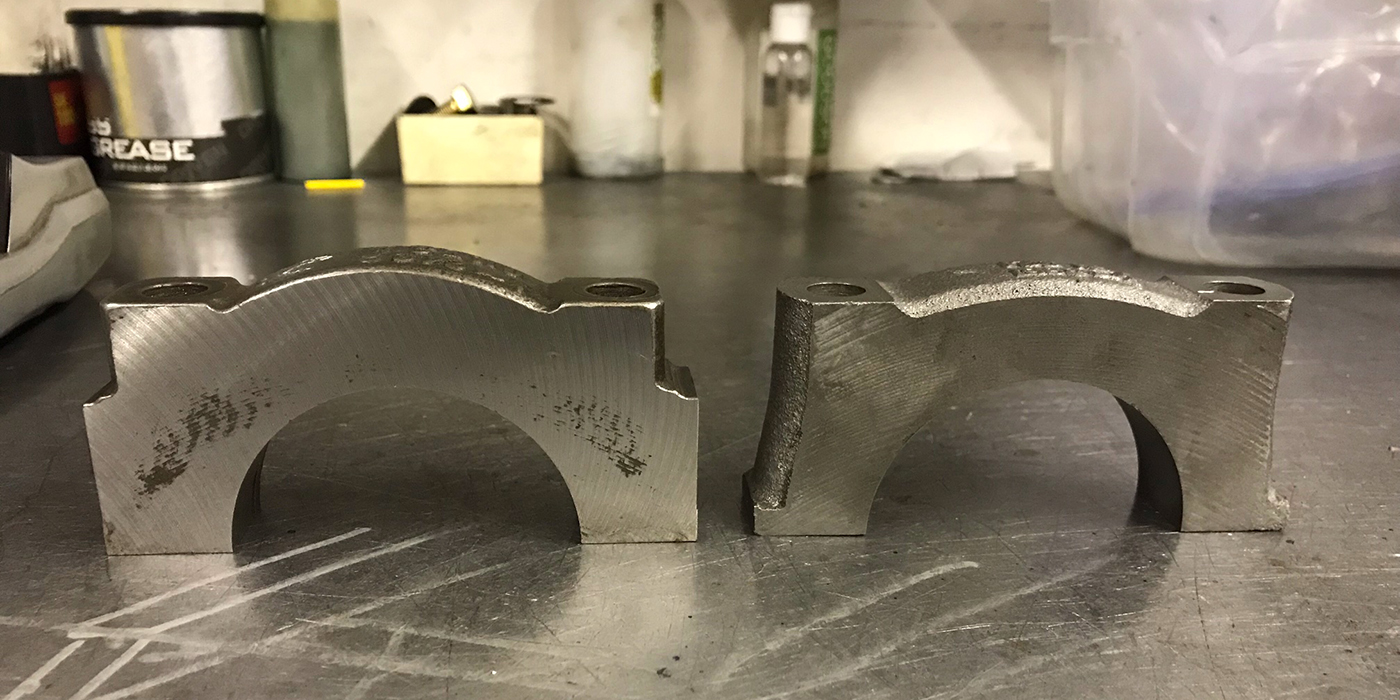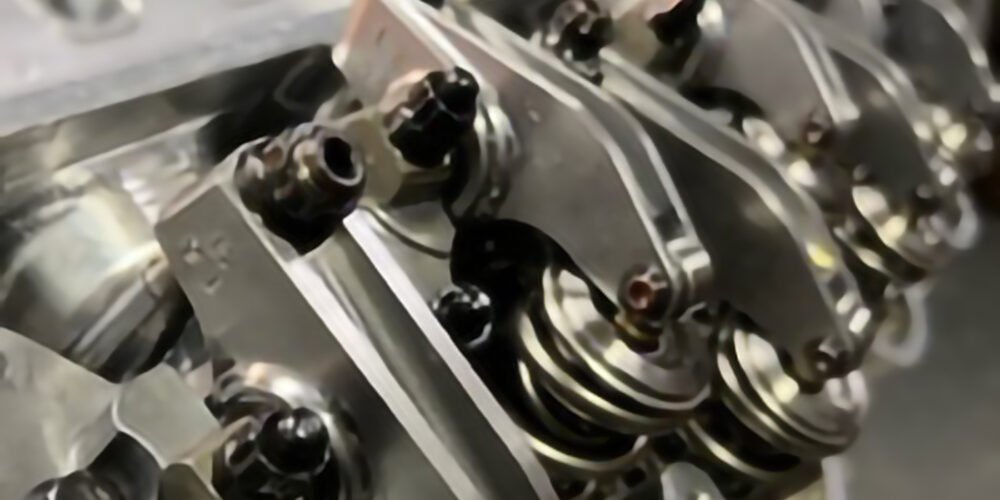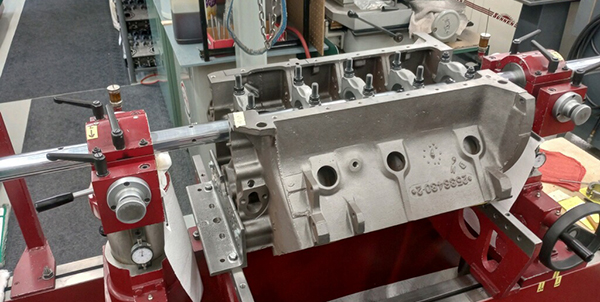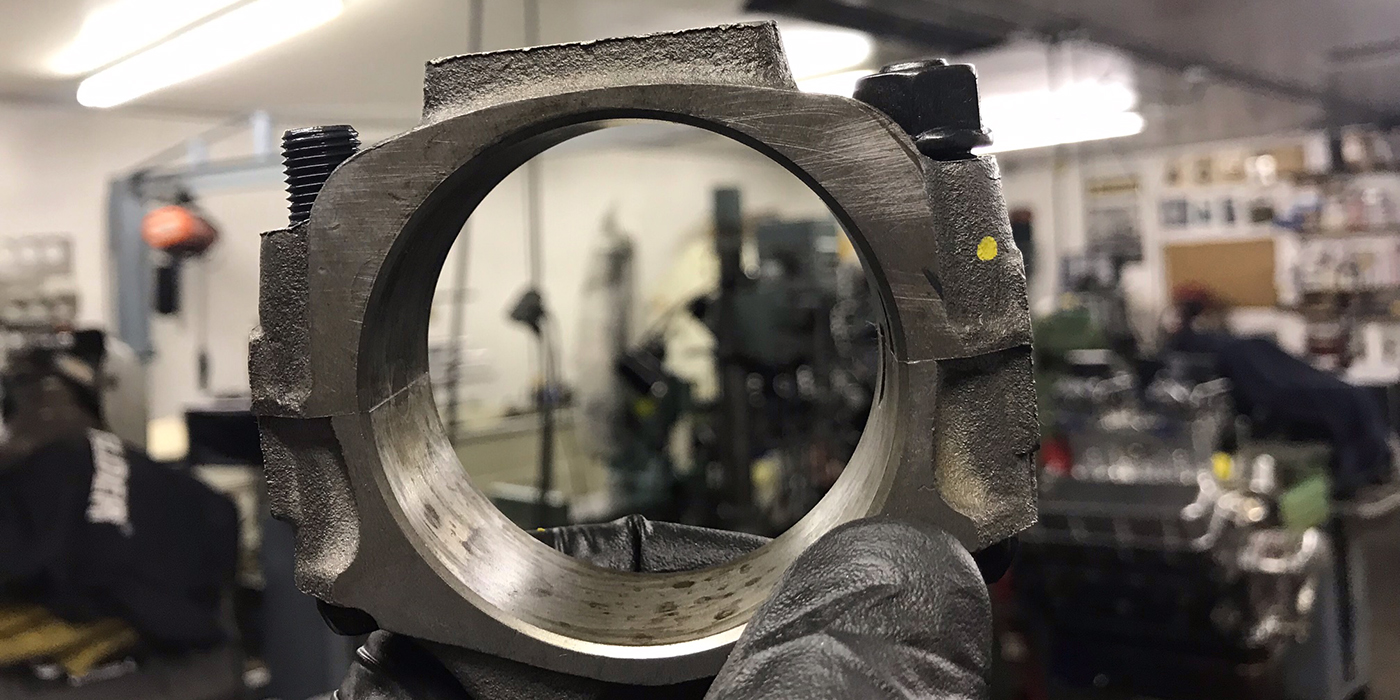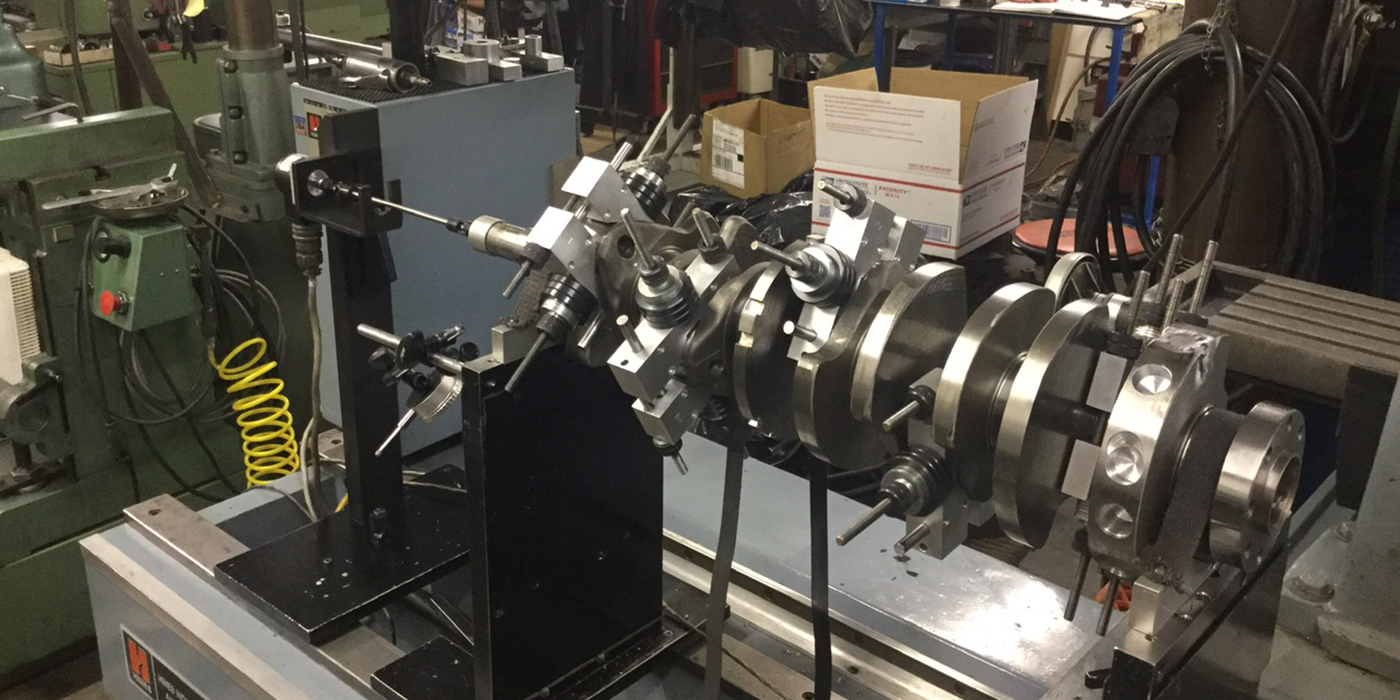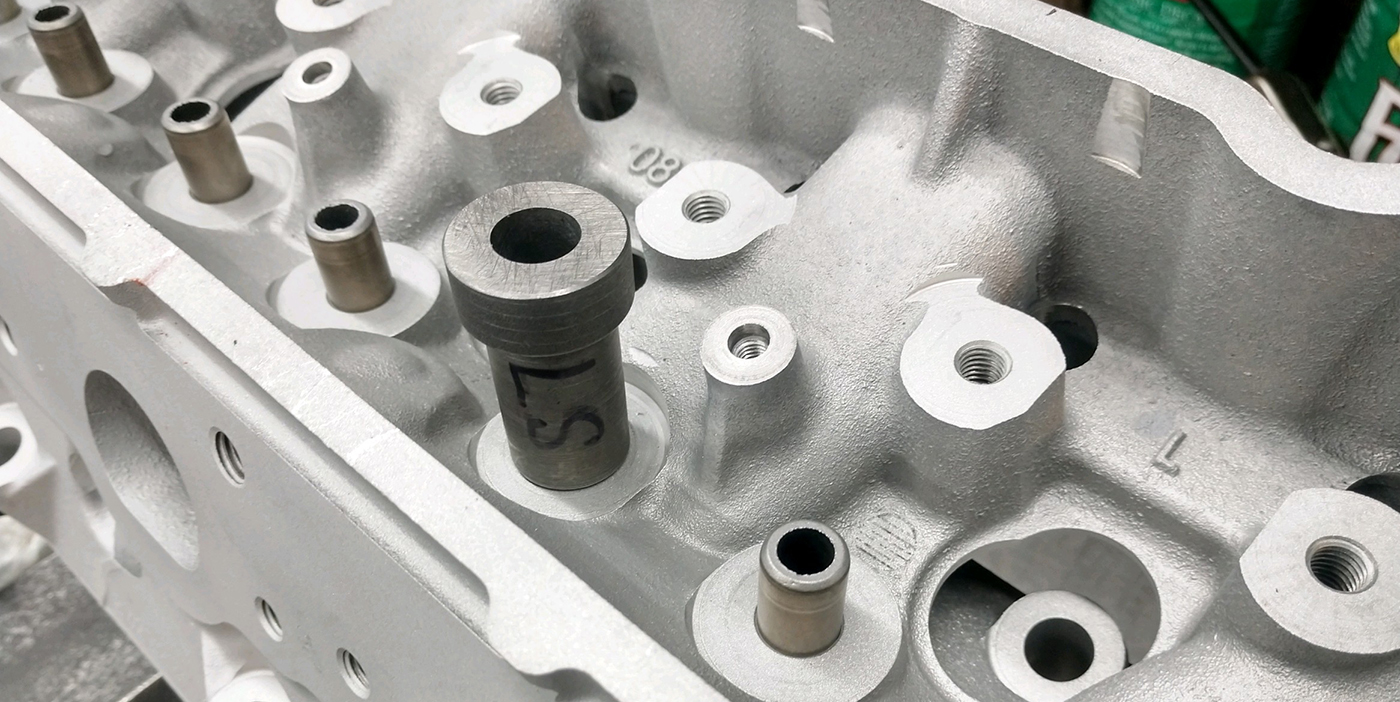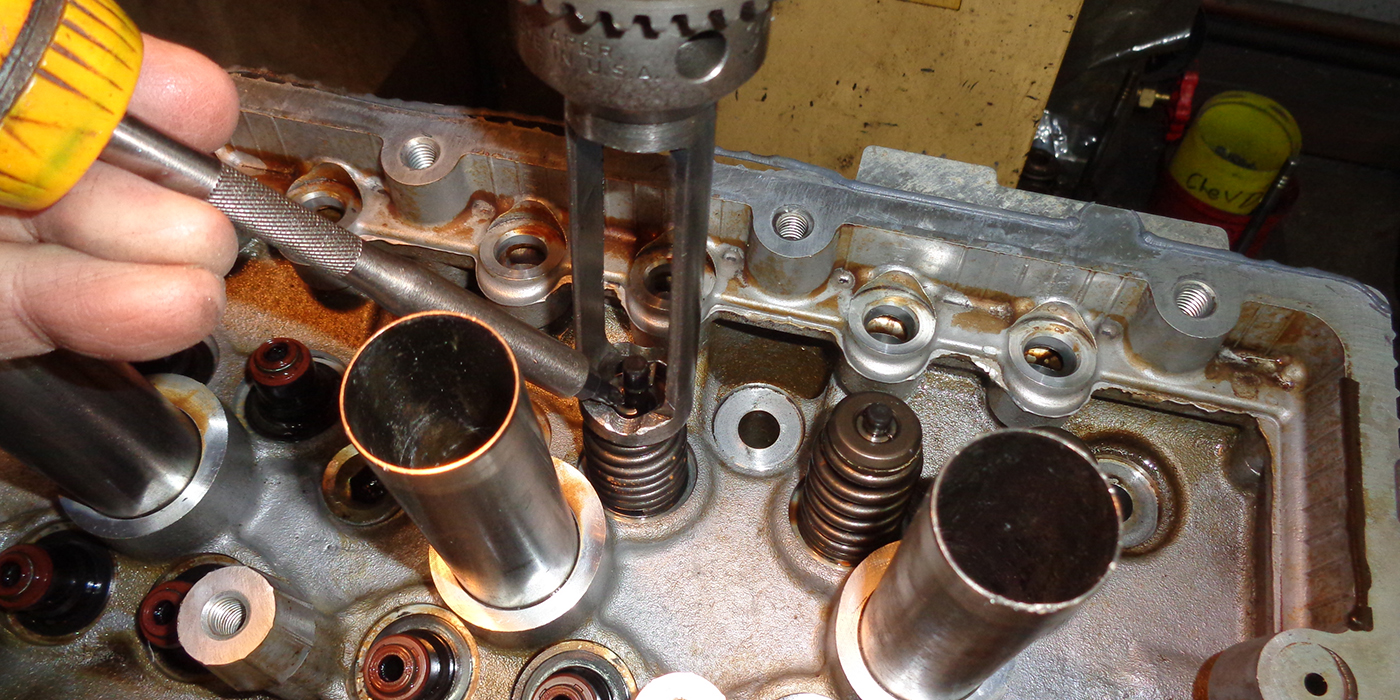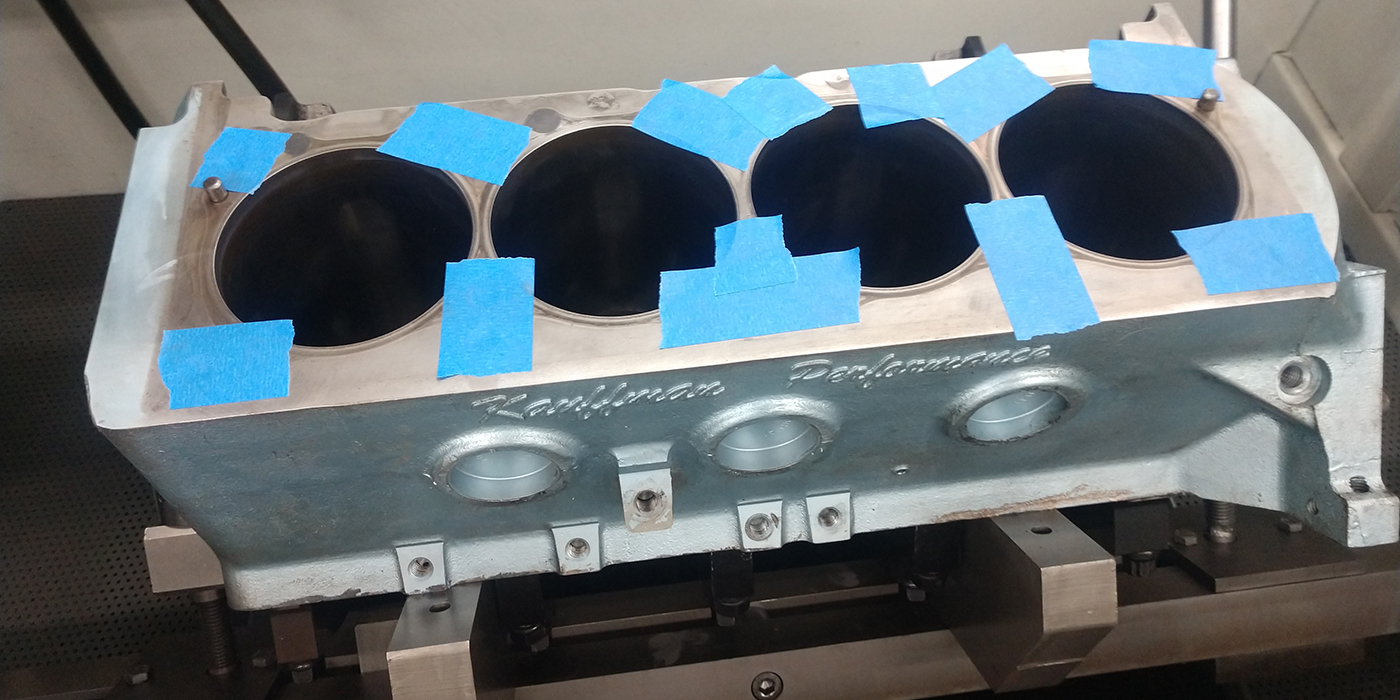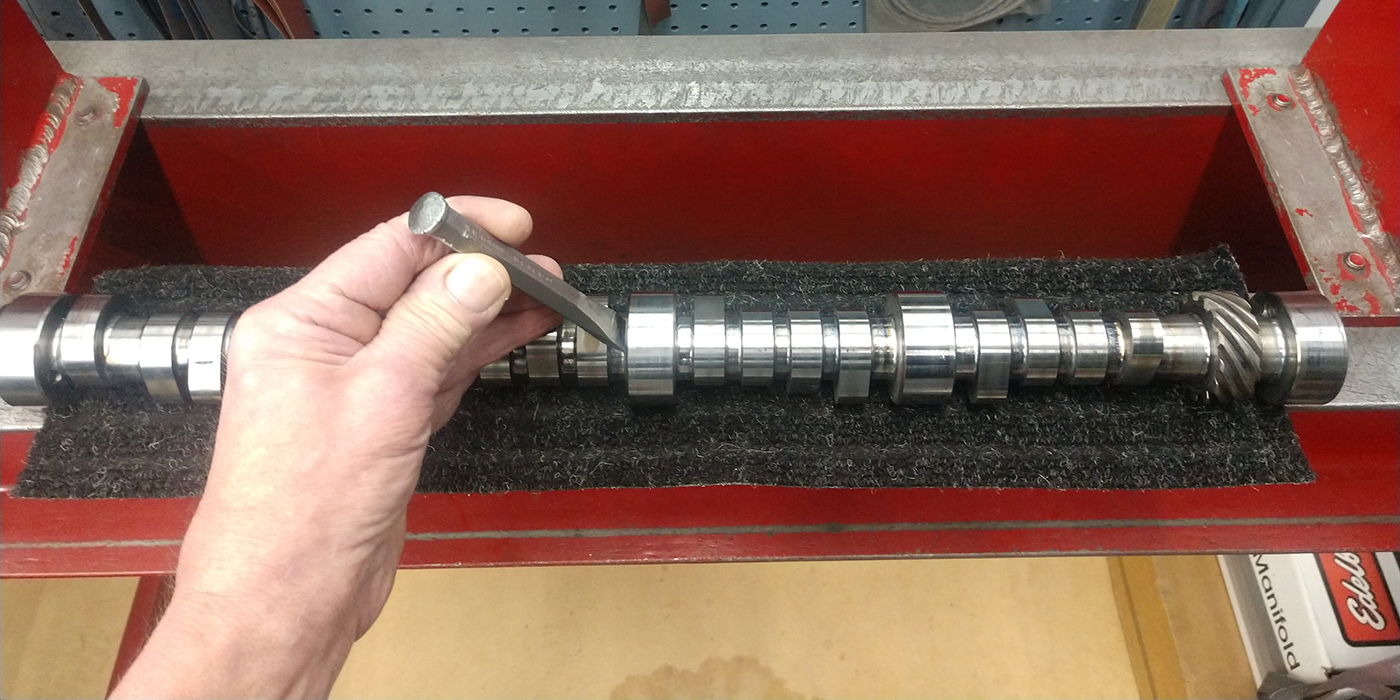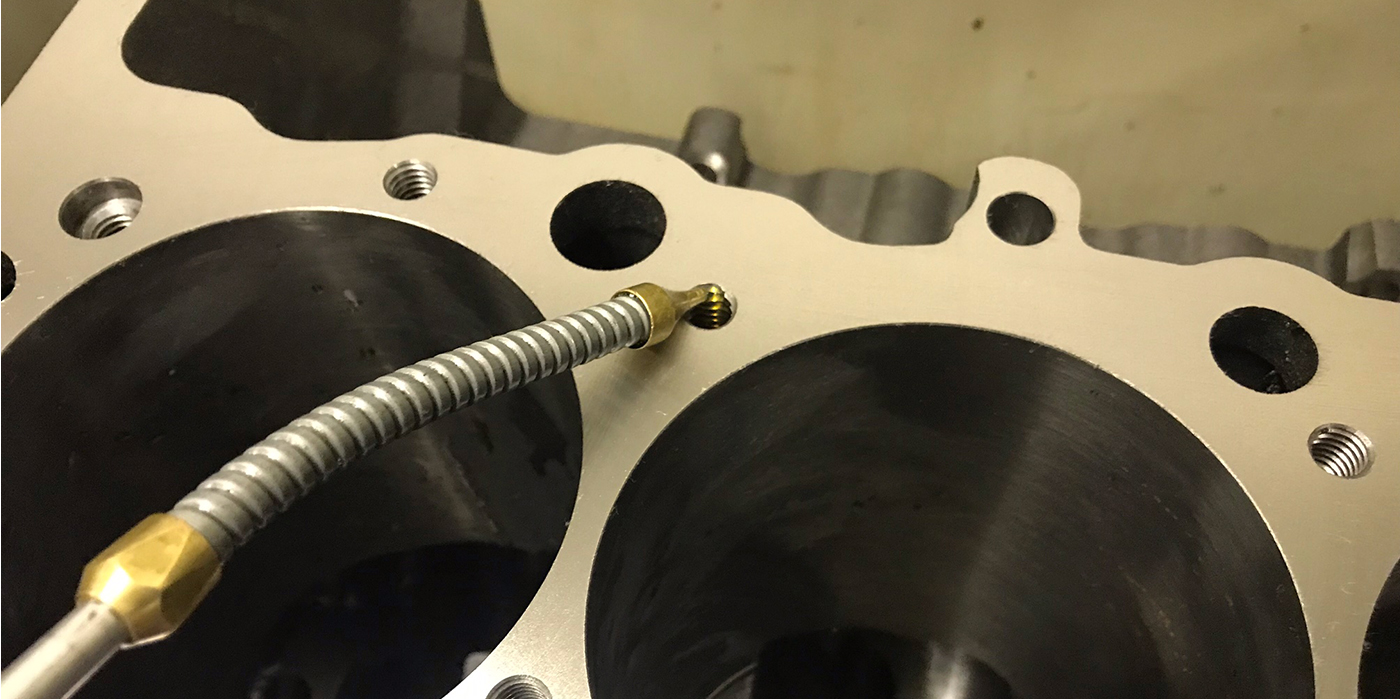 Your Best Salesman
Your Best Salesman
“Ring, ring”… Another interruption – Will somebody grab that @%#& phone!?
Too often we look at the phone as an interruption to a busy day. Leroy, the owner of a 3 man shop in Missouri, says he “hates the phone.” He says it’s a waste of valuable shop labor to answer the barrage of calls from telemarketers and “tire kickers.” His attitude spills over to his employees that grumble every time the phone rings.
Meanwhile, Leroy, like many small machine shop owners, struggles to stay busy year-round. He interrupts his long-winded complaining session about the economy to answer the next incoming call: “SHOP” he blurts out. After 30 seconds he then says “Nope” and hangs up. Leroy says the guy had a “bad valve” in a Nissan. “I didn’t have it.” Leroy, true to form as a phone-hater, let a potential customer slip through his fingers. We don’t know but maybe this Nissan owner needed more. The “bad valve” could have been an indication that he needed a valve job or maybe even an engine rebuild. We don’t know if this owner has a fleet of these cars, all needing work. Leroy didn’t know anything about this caller because he did not ask.
While the phone can certainly be a time waster and nobody likes hearing from telemarketers, it is still every company’s number one salesman. The important lesson to learn from Leroy is to manage the phone. It’s advisable to answer every phone call like it is your best customer on the other end. Learn to dismiss the “time waster” but be sure to keep the customer or prospect on the phone until you make a sale.
Note – I made a sales call in the same town the next day and noticed a Nissan head on the check-in bench. This next shop owner knew the value of good phone etiquette. He told me that the head had arrived yesterday from a phone inquiry and that he had already received a deposit for a valve job and he sold the guy all the valves and a head gasket set. It turns out that the owner had a used car lot in the next town over and that his regular machinist had closed shop for a week of vacation. The second shop owner not only scored a high profit valve job but he was planning to butter the guy up for some more business. “Ring, Ring” might be an interruption, but it also is your best salesman.
Steve Rich
Sterling Bearing
Kansas City, MO
Removing Broken Bolts
An inherent problem with screw extractors is they tend to make the broken screw expand within the hole. This is counterproductive. My solution is to drill with a left hand drill bit. I start with a 1/8? drill bit. If this doesn’t loosen the screw, continue to re-drill with the next larger size bits.
Drilling in the counter clockwise direction can have a hammering effect as the drill bit bites into the material. I keep expanding the hole until there is a risk of removing material from the threads. Then I will resort to tapered square shank. Then by using heat on the outside area around the screw – not on the screw – begin the process of trying to back out what is left of the screw.
Keep in mind that if thread locker has been used, it loses its adhesion at about 300 degrees F.
Donald Vanza
Kevork Engineering
Huntington Beach, CA
Removing Broken Bolts – Another Method
If you use heat to remove broken bolts and studs, try the following procedure:
Coat whatever is left of the broken bolt with wax and then apply enough heat for the wax to melt and run down into the female threads of what you are removing the broken bolt from. After you have drilled for an easy-out, apply the necessary heat as you normally would to remove a broken bolt.
Note: This procedure is not always successful for broken exhaust bolts, but it works very well in other applications.
Bob Mitchell
Engine Pro Technical Committee
Wheat Ridge, CO
Checking Piston Ring Gap
Here is an easy way I have found to square piston rings in cylinders for checking ring gap. I use various size old flat-top pistons according to the bore size being checked. These must be flat-top pistons with no taper on the edges. You will also need two matching wrist pins. Note: A standard diameter piston will still work with a .030? overbore.
First, place a correct size wrist pin boss of piston to use as a tool from each side. Then place the ring to be squared in the cylinder. Be sure not to push the ring down too low. Now, with the piston upside down, push the ring with the top of the piston until the wrist pin stops at the block. To verify ring is squared in the cylinder check with a simple depth gauge. I have found this method to be simple, quick and accurate.
Next, verify ring seal. While keeping the feeler gauge snug in the ring gap take a flexible light with the flex part bent in a u-shape and shine the light right under the piston ring to cylinder area. Move around the whole cylinder and look at your gap. Needless to say no light should appear between the ring and cylinder, or the gap. If it shows light through try a ring from a cylinder that does not leak. This will determine if the leaking light is coming from the ring or the cylinder wall.
James Feurer
Animal Jim Racing and Animal Engines
Lacon, IL
Do I Have Gas?
How many of you builders out there have encountered problems with performance due to bad fuel or wrong fuel on a performance engine you have meticulously built?
Frankly, there are way too many variables to get into specifics about what each performance engine’s fuel requirements should be, such as compression ratio, cam lift and duration and altitude, to name just a few. But it is just as important to educate your customer about the engine and its fuel requirements as it is to educate them about the correct lubricants for the engine.
The correct fuels are available in most areas. Even if there isn’t a race fuel vendor in your area, you may have a local community airport for aviation fuel. The main point here is to protect your investment and educate your customer as to what fuel and octane ratings to use in the special engine you built for him or her.
Bill Williams
Beaver Ridge Auto
Fairplay, CO


